Read this in: German
Minimalism and sustainability are two developments in our society that have developed in recent years into ever-larger niches. Last fall I read in every second Instagram story: “Should I write something about sustainability?” But why this trend? Why this modesty? Away from luxury and symbolic capital? Away from the meritocracy and showing what you have?
Well, there is no universal answer. The minimalism trend began in the USA. Two well-paid bankers quit their job and wrote a book about the new, simple life. Minimalism and sustainability are not dogmatic and militant. You can join, but you do not have to. If you love books, you do not have to throw away all your books. And the reasons why you want to live more sustainable or minimalist are up to you.
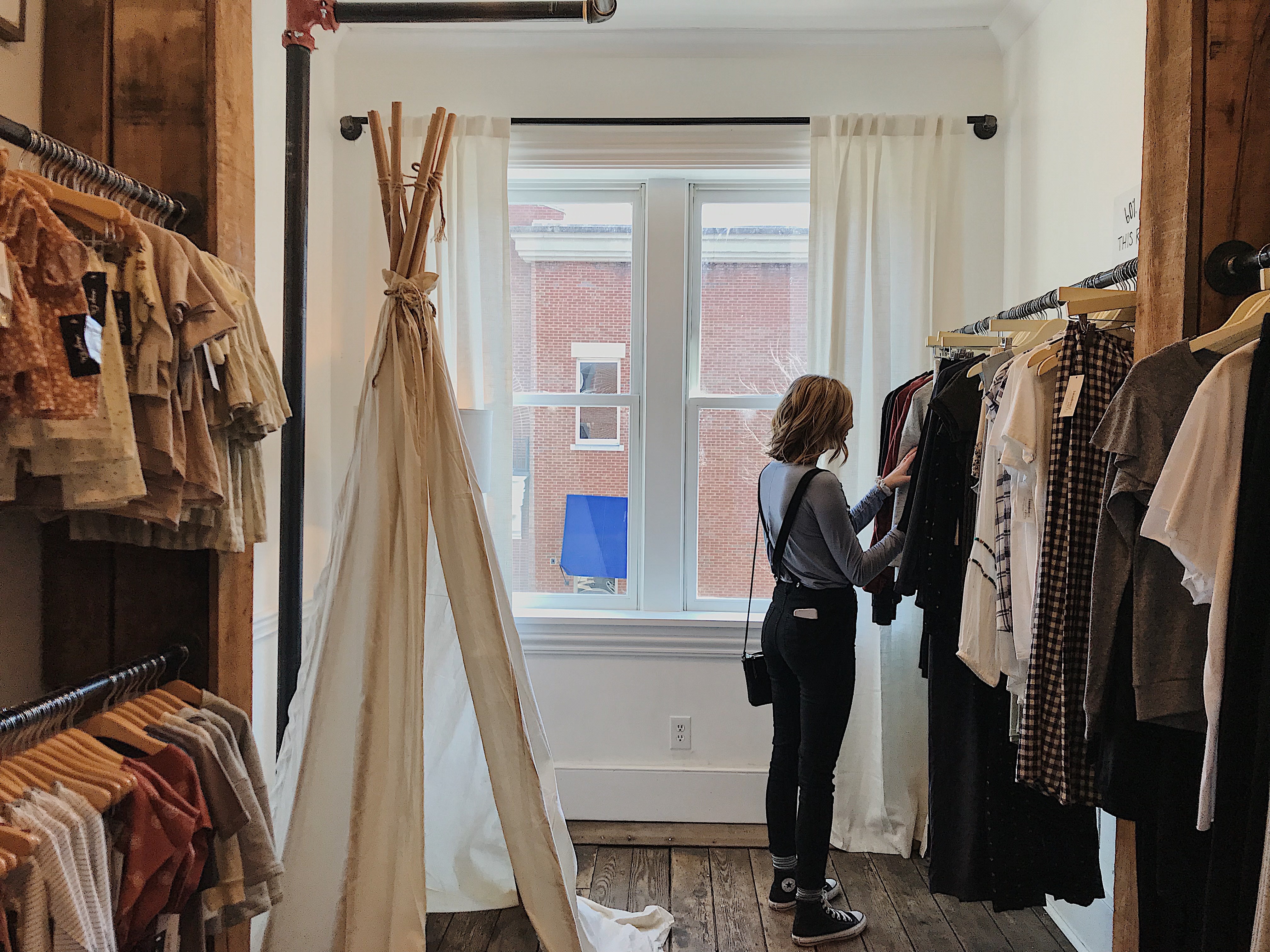
Especially at a young age I spent a lot of money on clothes.
My way to the thought “Less is good sometimes!”
At the age of 19, I was probably like every girl my age – freshly undressed and a bit on the fringes of consumption, finally free to decide about my money. And I bought clothes and make-up and decoration because it was beautiful – not because I needed it. More and more stuff came along and then followed a dark chapter of my life where I often moved and left a lot of my stuff with my parents. At some point I was with my parents and really shocked: everything was full of boxes, my whole nursery. Okay, it was only 10 square meters, but still. So many boxes of useless stuff I basically did not need.
That’s why I started sorting out and thinking. Shortly thereafter, I met my husband, who is simply a minimalist by nature. He likes to eat well, he’s a little foodie, as you may have noticed in the Amsterdam Food blogpost – he ate most of the food there. But spending money for clothes, having fun shopping? Rather not. You have to force him to buy something new. Things are worn until they are too unsightly for job and college life. (And we know students, so that’s saying something.)
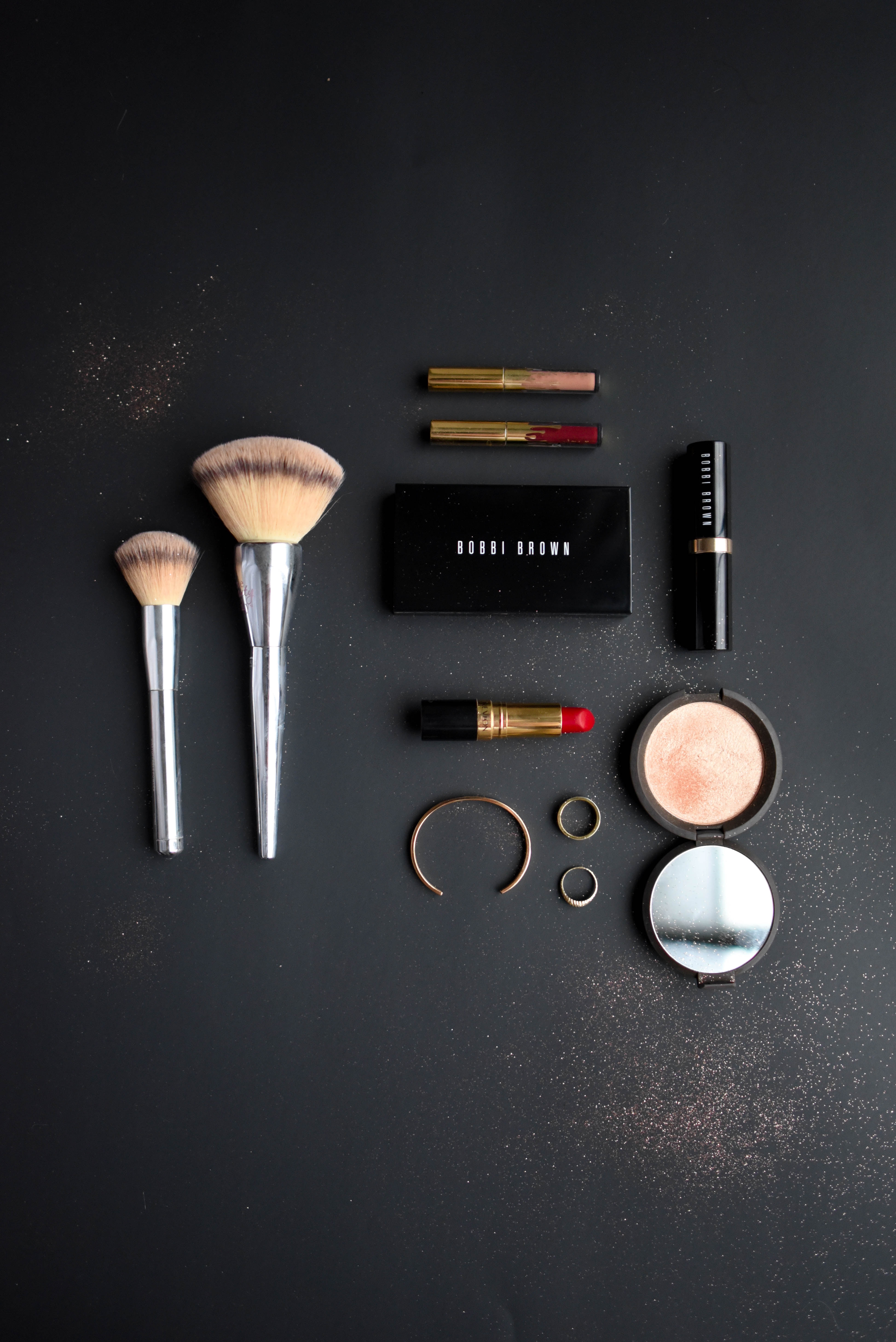
Especially through blogging I bought too much cosmetics that I could not use up.
Benefits for me if I live more sustainably
Yes, being a blogger is also a bit of a trap that does not really speak for minimalism and sustainability. Because if you blog about beauty products, as I have been doing regularly since 2009, then accumulates quite alone among the self-bought stuff. When I had to move from 2013 often, I really felt the load that brings so much petty stuff with it. It’s nice to collect something. But with my current life goal, it does not really fit together. My husband enjoys the little things like good food or beautiful travel and today I also think about what I buy and why.
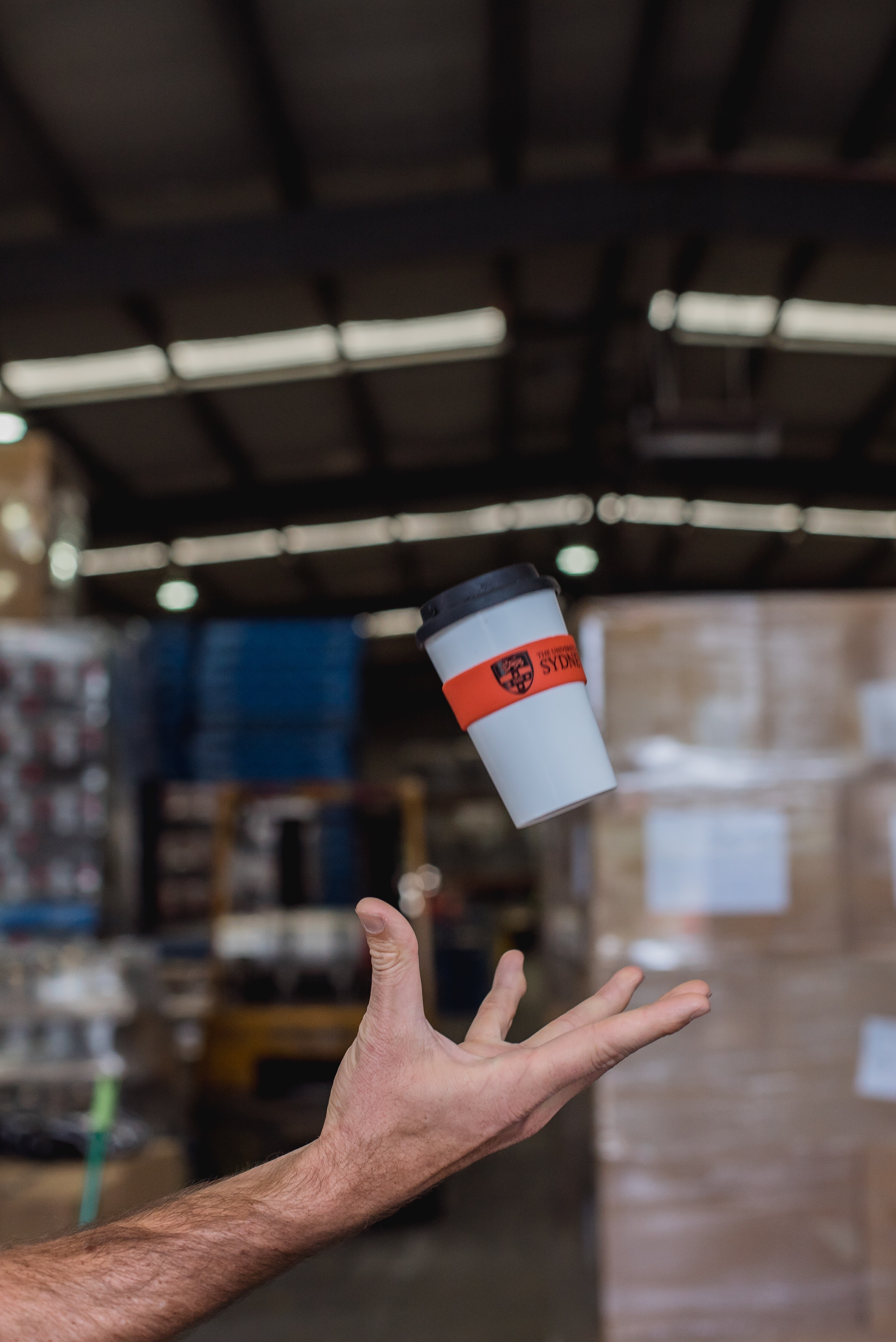
I’ve been using a reusable coffee-to-go mug for a long time to avoid garbage.
For the thirst
The coffee in the morning makes you awake and fit for the day and just when you’re traveling a lot like me, like me, the coffee-to-go mug is unavoidable. Of course I get fresh coffee at work, but the way from Oldenburg to Hamburg has to be done first. I’m not one of those people who like to sleep half the morning on the train. Of course, from time to time I am also tempted to the quickest way, the coffee-to-go mug. After the use of this paper cup is easy to garbage, I do not take that from Oldenburg to Bremen and then fill it up again. In Germany, 320,000 coffee to go cups are used every hour. In a year, that’s almost three billion pieces of disposable cups.
“Disposable cups are predominantly made from paper fibers, which are generally made from virgin material and virtually no recycled paper fibers are used, so new trees need to be cut to make the paper cups. Because the disposable cups are not only made of cardboard but also of plastic, crude oil is also needed for cup production. The average disposable cup is usually five percent plastic polyethylene – plus the plastic lid and occasionally stir-bars, paper cuffs, or cardboard carriers (Source: Deutsche Umwelthife, 2019).
The use of coffee-to-go cups causes a lot of waste and consumes many natural resources. So what is the alternative? Unfortunately, you can not miss the takeaway of a reusable cup. Then you have kept warm coffee, even hours after leaving school, work or university.
There are now many different reusable coffee-to-go cups. Among other things, I got myself a foldable coffee-to-go mug. So I save space in my pocket, if I do not want to carry my Termoskanne. Otherwise there is also everything from glass over metal to bamboo plastic. Everyone will find their own favorite mug that suits their individual needs.
Of course, when I’m on the road, I do not only drink coffee, but also water. It is always easier to quickly get something in a plastic bottle when you are thirsty. Instead of plastic bottles my husband and I each use a refillable bottle, he made of metal, I use a glass bottle. Tap water has a good quality everywhere in Germany and we drink it at home and on the way and fill it up regularly. We save money and use fewer natural resources. And in my circle of friends, I also attach more and more people to it – even my boss brings her own bottle of tap water to the studio.
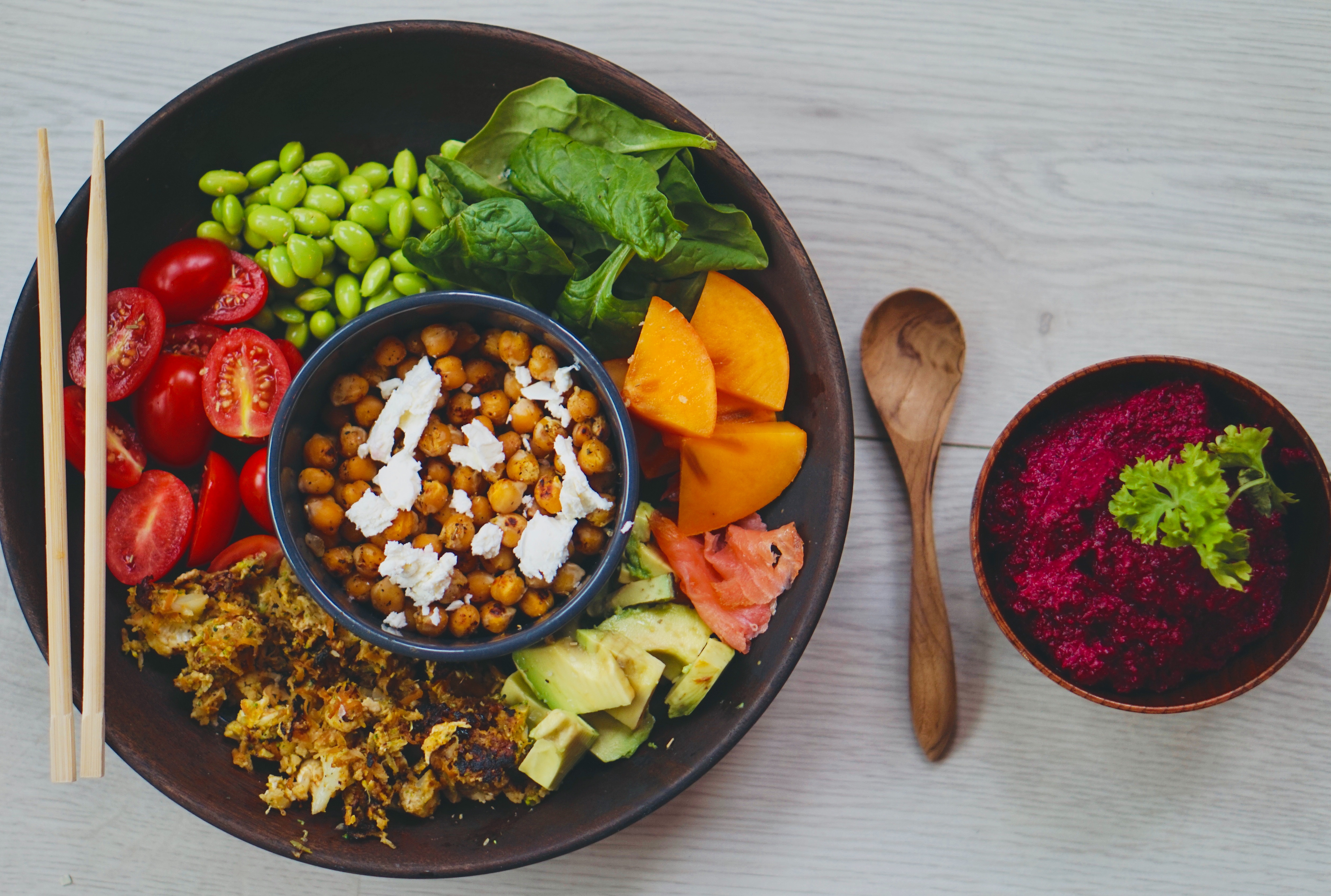
I already prepare my food at home when I have to eat on the way.
Always ready for a lunch
It’s really luxury, food is available on every corner and even in every supermarket and discounter To Go corners with products that you can take directly for the lunch break – even with vegetarian and vegan choices. However, instead of takeaway food, I usually choose Mealprep because it’s also easier. Mostly I take rice with vegetables, tomorrow it will be e.g Edamame. At work we have a refrigerator, there I have some supplies, e.g Beets. This gives me a satisfying lunch, which is good for me and also tastes good. At the moment I usually do Pokebowls, Chippudding or Porridge on the way. But whether you have an apple or a banana or cut vegetables – it also spares the purse in any case.
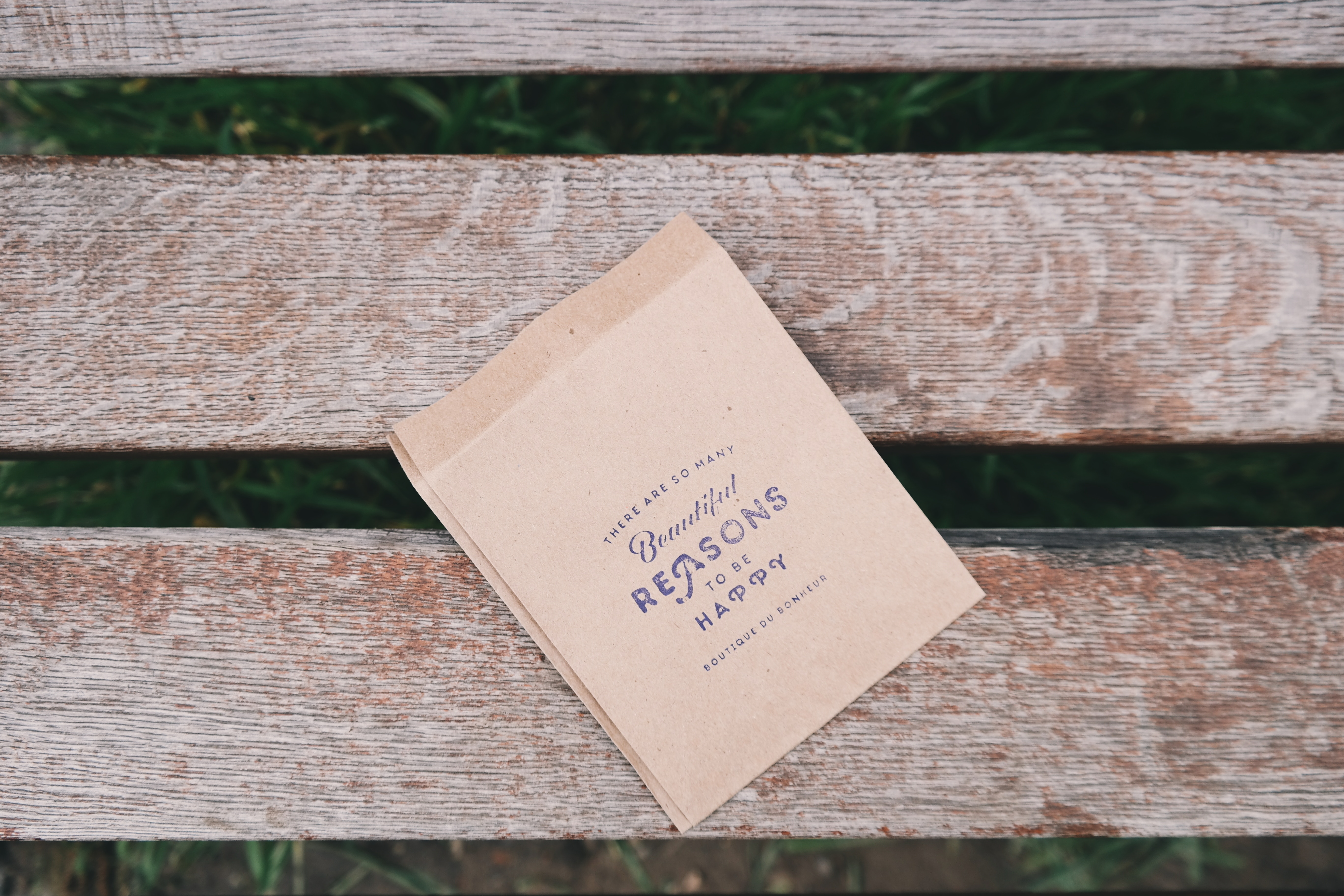
In everyday life, we use jute bags instead of paper or plastic bags
Always with us
We always have a jute bag with us. Even my husband in his big backpack and me in my pocket, which is very spacious in itself. Currently I personally have a fruit net and a jute bag, because the fruit net saves a little more space. Thanks to my mother, who has given me jute bags again and again, we have a huge arsenal. Meanwhile, plastic bags in the supermarket in Germany cost money to make them less attractive to us consumers. Only the day before yesterday cursed a lady at a drugstore at the box office in front of me, since the cheap bags for 15 cents were completely sold out. So she was forced to buy a returnable bag for 1.79 euros. The plastic bags make even paper bags more popular. But is it a good alternative?
“Producing cellulose for paper bags is extremely energy and water-intensive and uses environmentally harmful chemicals. To make paper bags as stable as possible requires a great deal of material as well as long and chemically treated fibers, so in practice a lot of virgin fiber is used instead of waste paper. In addition, the global demand for wood for paper production is putting a strain on ecosystems, as is the case with paper bags (as with plastic bags): the more waste paper and the fewer inks, the better for the environment (Broschüre des Forum Ökologie & Papier).”
Ultimately, jute bags are ecologically more sustainable if used at least 30 times. I think it takes me maximal a month, because for me they are part of daily life since childhood. Whether traveling or for shopping. Therefore, it would also be convenient if you always have a bag with you – that saves resources and money again and you do not have to curse like the lady at the cashier in front of me, because you have to buy a new bag again.
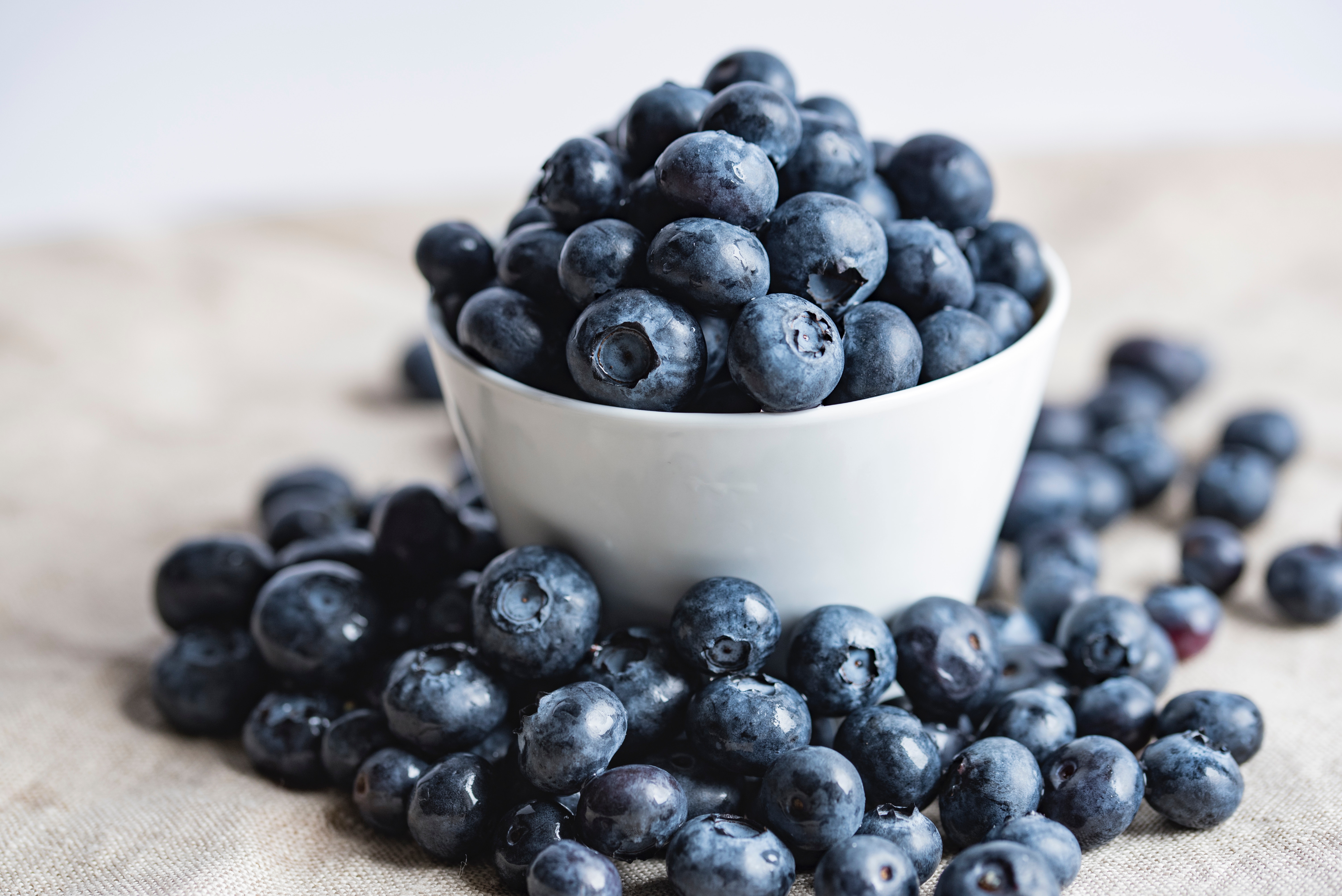
I get the berries I love regionally to reduce packaging, storage and transport costs.
Back to the regional
Plastic waste annoys and the dispute, who brings out the garbage, there is probably in every family. And at the Fashion Week in January, microplastics was an important and current topic. But how to save on all the packaging, even if most biogurkens are shrink-wrapped. For almost 10 years I have always been lucky enough to live close to regular weekly markets and there are also unpacked shops in more and more cities. But just to find the berries I love without plastic packaging is often difficult. Therefore, I have personally accustomed to buy berries out of season either as frozen food in cardboard packaging without plastic (e.g Kaufland) or just to buy in the season, e.g as a self-picker. In addition to self-picking meadows, you can collect berries and mushrooms for a small fee in many forests. However, please inform in advance about fox tapeworm and similar risks. The forester of the respective forest surely knows how to continue.
Fabric instead of disposable
It is really interesting that trends such as handkerchiefs or washable alternatives in other areas (diapers, feminine hygiene) prevail again. We are also switching to handkerchiefs, which are already very cheap in large quantities. My parents always do that, from my father I know only the handkerchiefs.
Unpacked stores
A rarity just a few years ago, but now in every major city you can find everything from oatmeal to flour or rice to sustainable toothbrushes made from bamboo and regional fruits and vegetables in unpackaged shops. You can often buy glass containers locally, but you can also bring your own. And even if there is no shop nearby, there are many online shops today that offer sustainable alternatives. Even without unpacked packaging, we are currently switching to packaging-free body care and use both solid shampoo and solid soap, solid body lotion and I, for example, microfibre cloth and coconut oil for make-up removal.
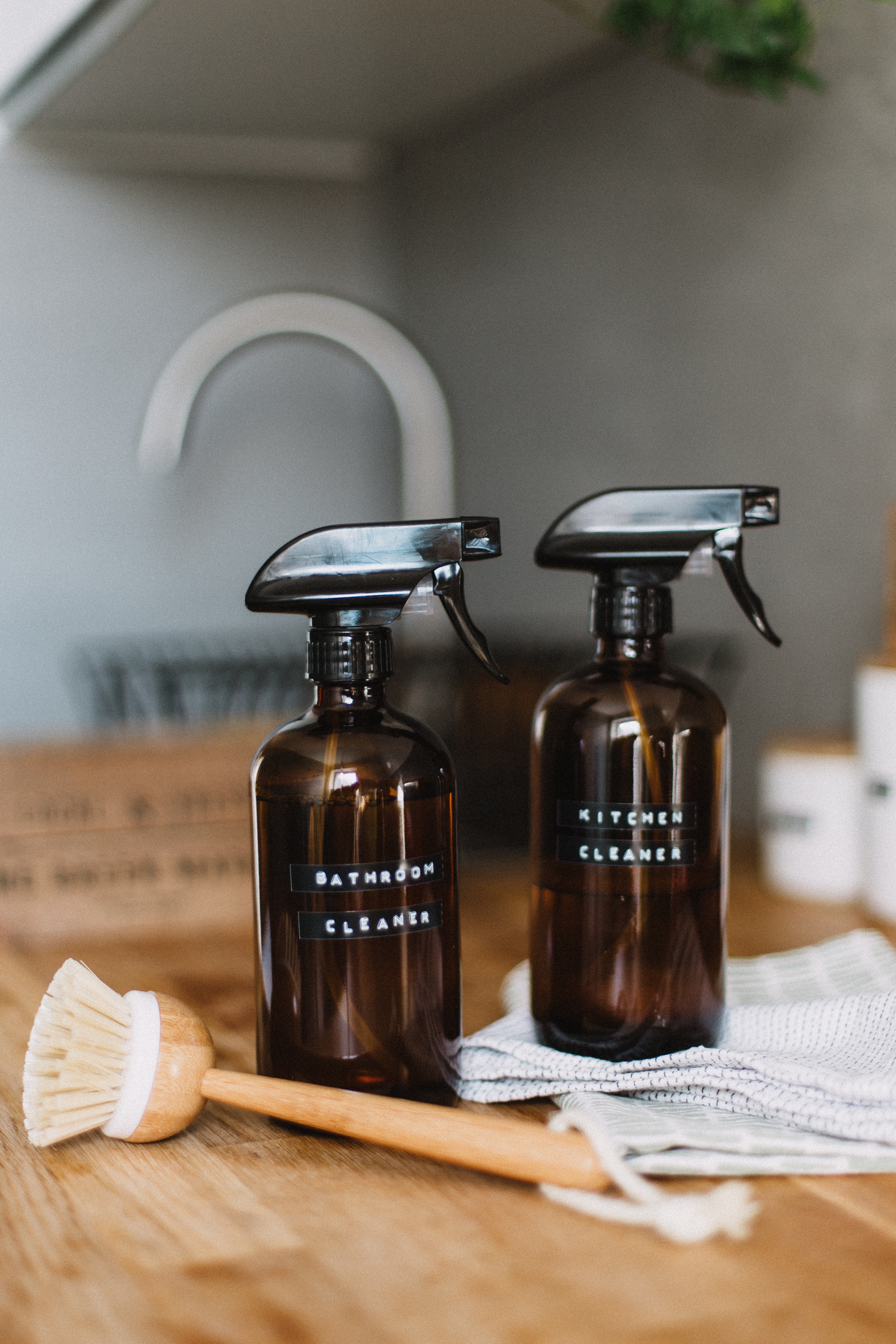
There are also ways to live more sustainably when cleaning.
Clean without big fanfare
In our last apartment near Bremen there was a cleaning room of the landlord and also in a closet filled with 1000 special cleaners, which have overtaxed me frankly. From my childhood I already know that you can clean with few resources such as soda, vinegar essence etc, just things that can be found in every kitchen. We still have the luxury of using a Kloreiniger with lavender scent, but that’s more of a feel-good product.
Only when washing clothes we have not found the ideal remedy – currently try a washing ball and make detergent itself. Which of the two methods more convinced us, I will report.
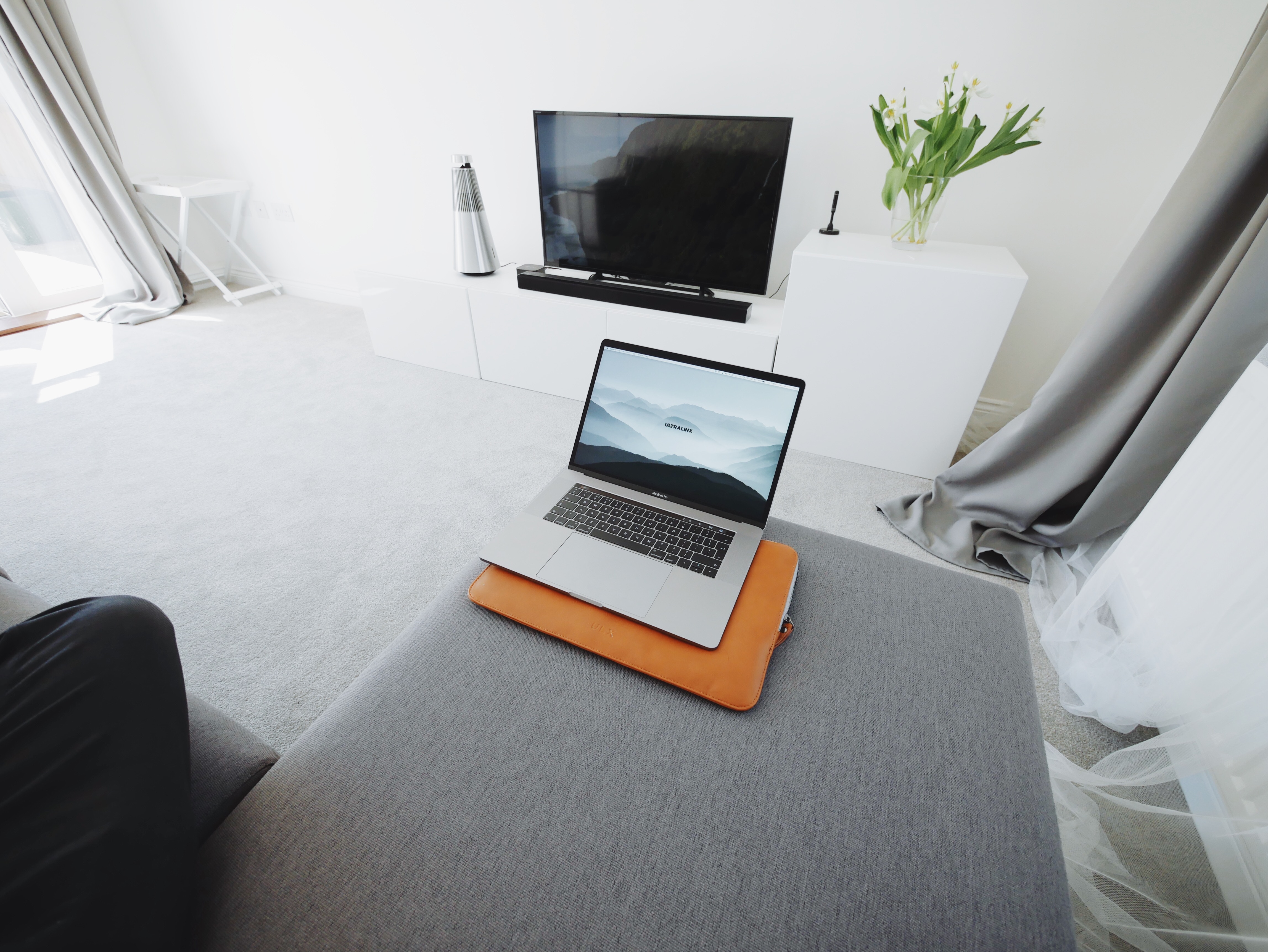
There are many easy ways to save power on electronic devices.
Just plug it out
Of course, it does not work without a mobile phone and a laptop. Sometimes it annoys me how much time I spend in front of my PC and smartphone instead of enjoying analogue life to the fullest. But I do not want to ban the digital bustle. However, I still tap myself in some power trap. It not only costs electricity, but also money. My definitive best way of saving energy is not just drying the laundry in the air, but also my hair. I usually shower in the evening because at the moment I always do sports after work. Then I let my wet hair dry a bit in the air and braids two braids – so I have not only saved the blow-dry, but also beautiful waves in the hair. One of the mistakes I tend to end up with is charging my cell phone and laptop overnight – it does not have to be that way, because the charging time is a maximum of -3 hours. And also a standby mode with the television one can escape, if one regulates beside the switch the current with a switch power strip.
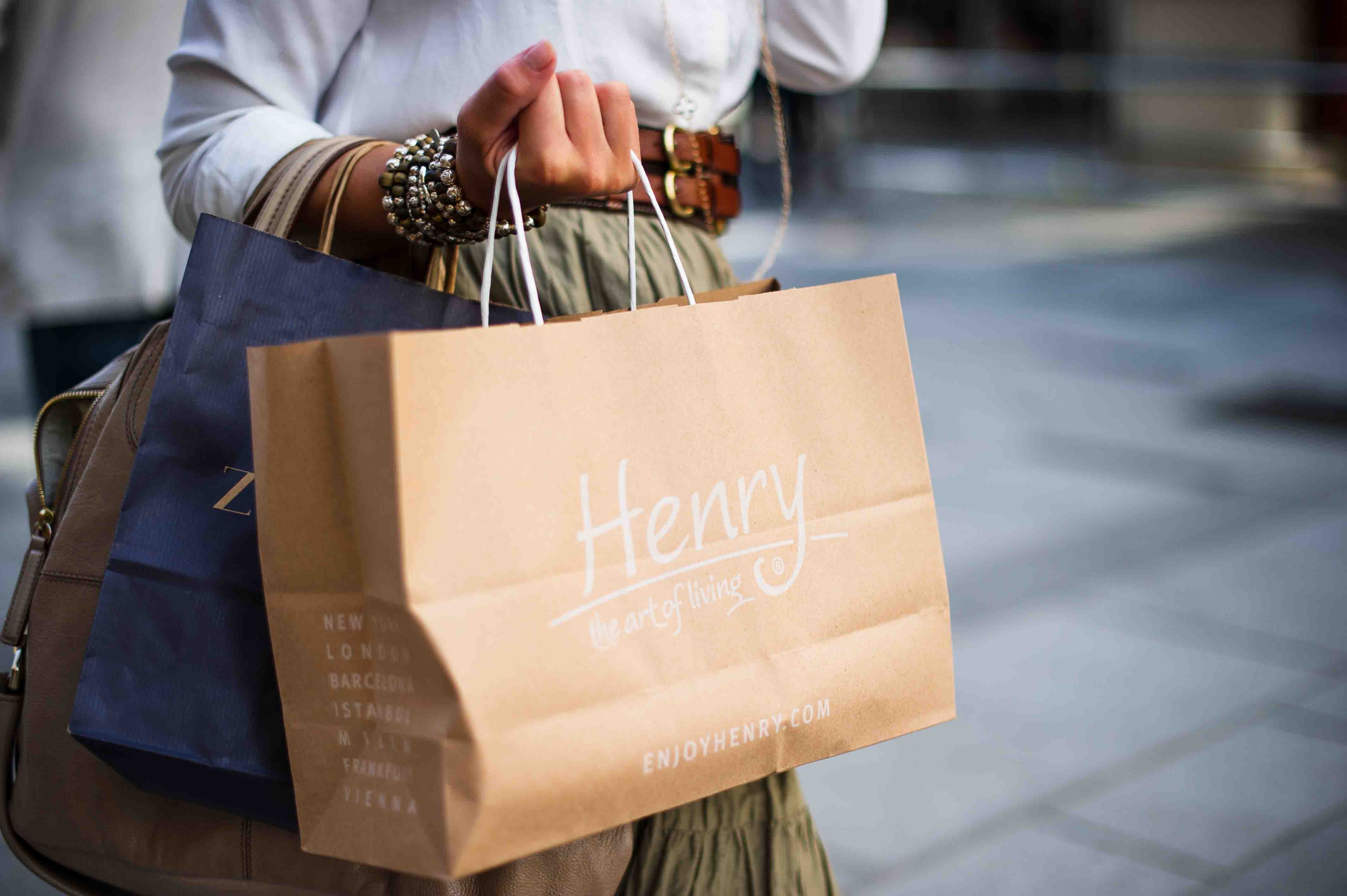
Considered shopping can be a good contribution to a sustainable life.
Shop with Plan
We all know this phase when, for example, we make money the first time or have a hard day and just want to treat ourselves, right? I also do this often, but not as much as I did when I was 19 years old. Instead of shopping without a plan I am doing an inventory and from it a wish list for long-term purchases such as clothing or shoes. Most of the time I do not have more than 10 pairs of shoes including sports shoes, pumps for official occasions or for modeling and hiking boots. If the old ones are blurred, I order new ones. I do this now very consistently for 2 years and consume it much more conscious than before, where simply mountains of clothing stormed, which no one needs. Sooner Quality and Slow Fashion instead of participating in every trend is my motto today. And currently I’m preparing for a South Germany trip and was surprised that almost any current trend found some outfit.
On the other hand, of course, there are the foods and unfortunately my preference for frozen food such as Edamame and berries. My husband is a good soul and usually makes the purchases, I bring from Hamburg or Bremen then times more exotic middle of Asialaden with. Through an app we have a common shopping list and know in real time who has already bought what.

You do not have to buy books, you can borrow them or buy them as an e-book.
You do not have to buy everything
Books are simply part of my job – otherwise I would not have studied German. But I do not have to buy every book right now. Fortunately, there are libraries, my husband and I share an eBook reader for private reading pleasure and university secret, which is now often only as an eBook for current publications. And of course you can also use the book exchange, which is now found in many places. I have z. For example, you can also borrow from the municipal libraries and hear wonderful audiobooks on the train when I’m not working.


















0 Comments